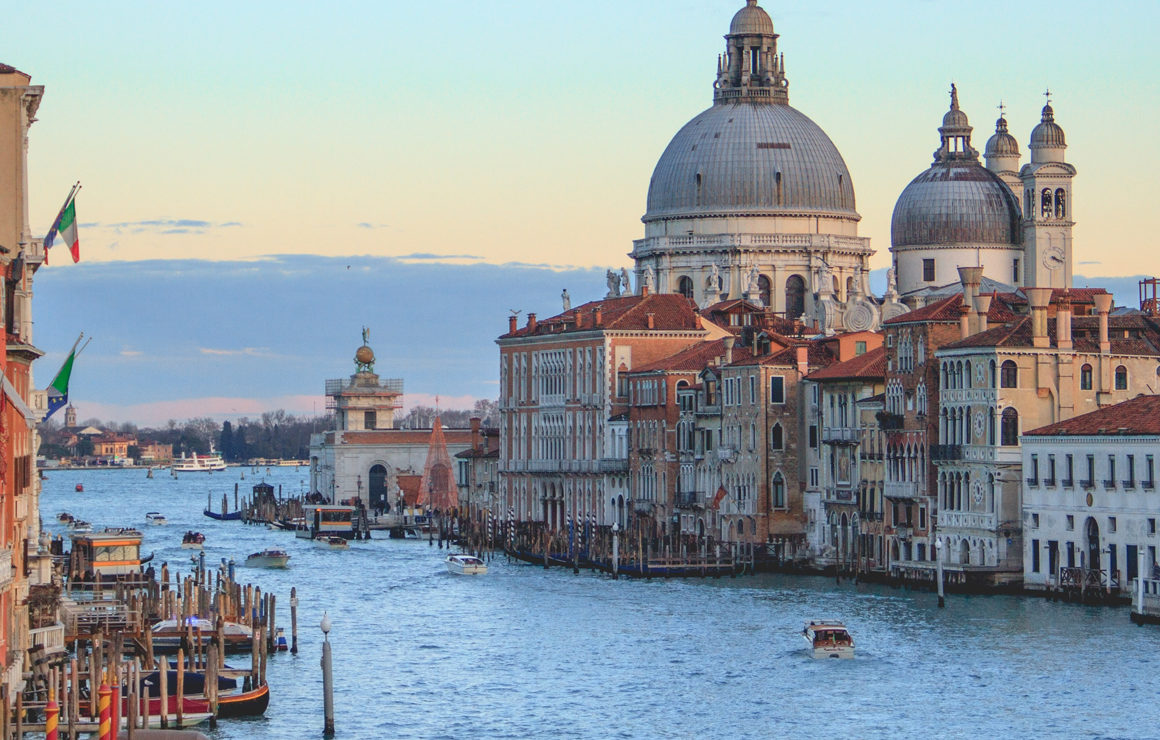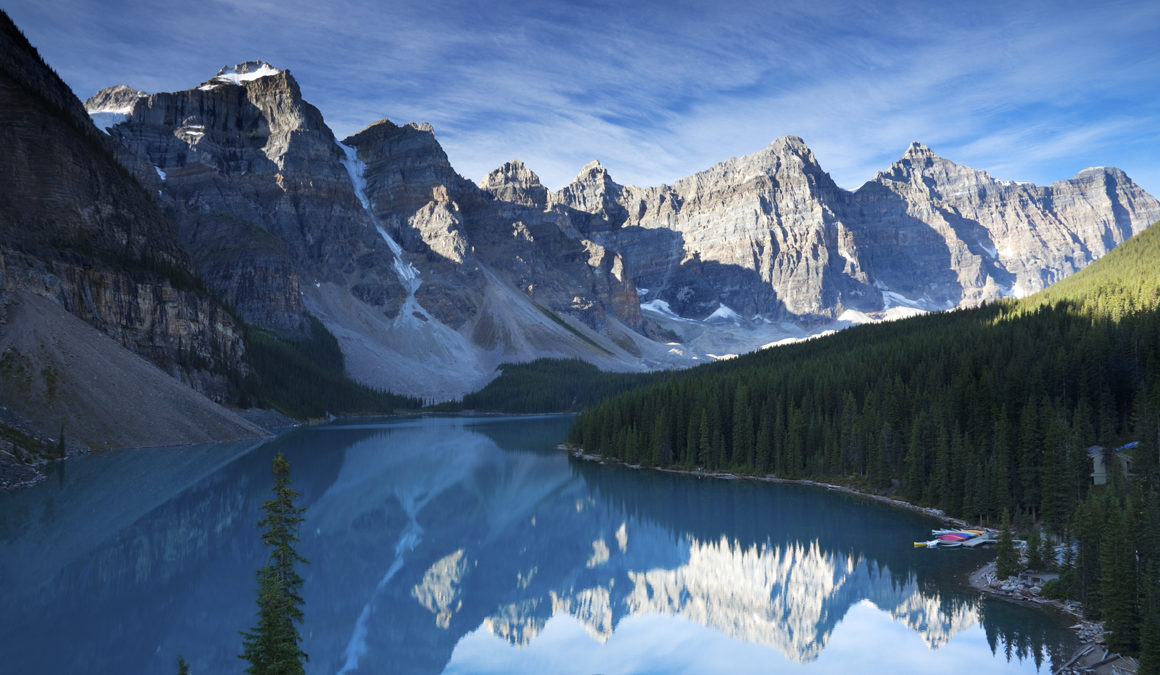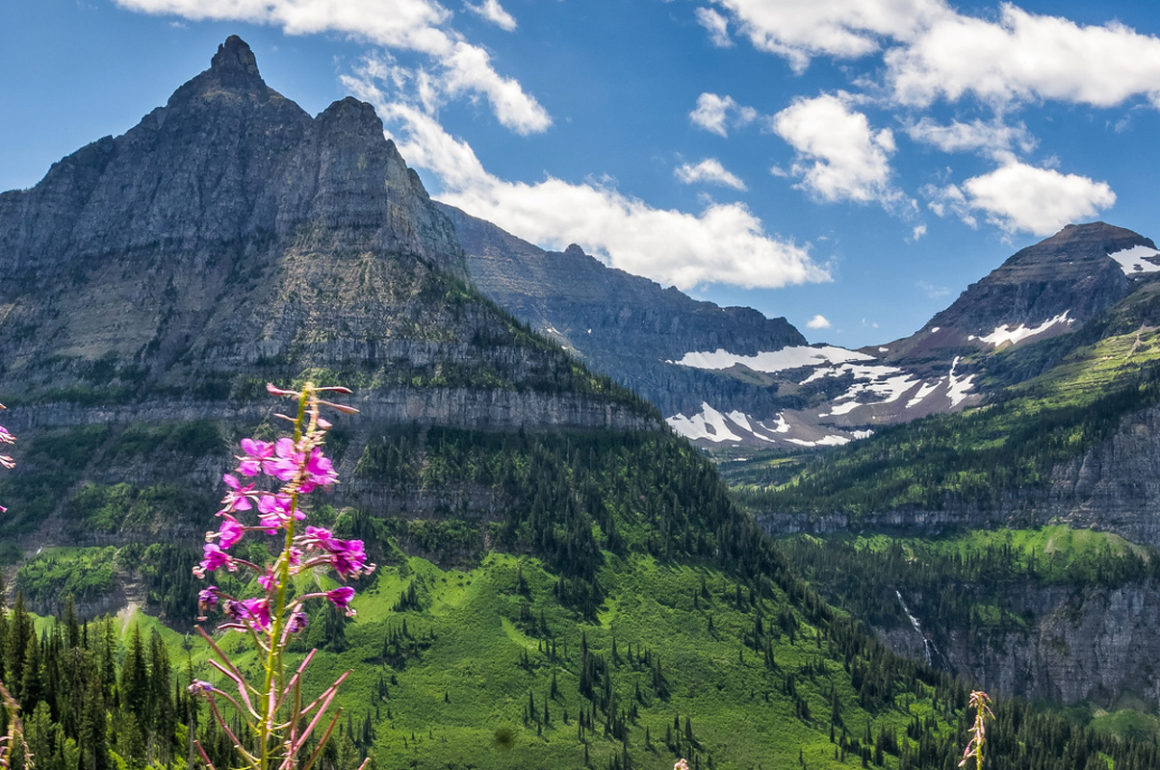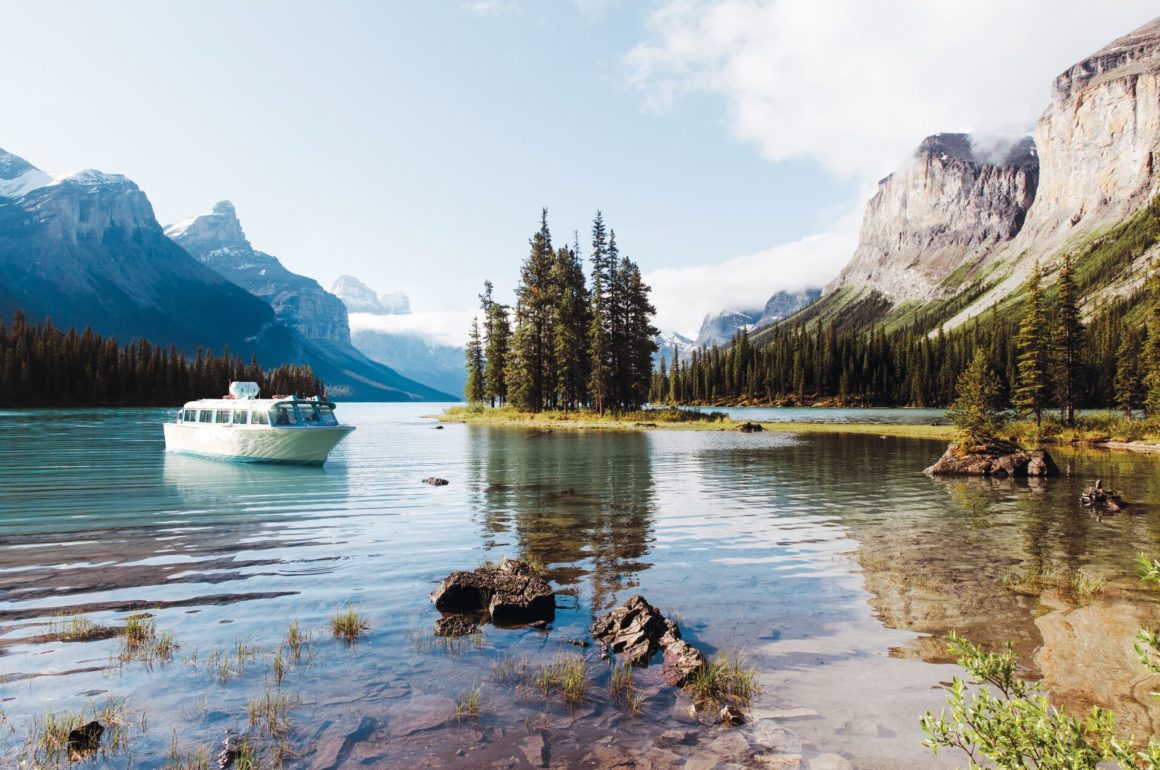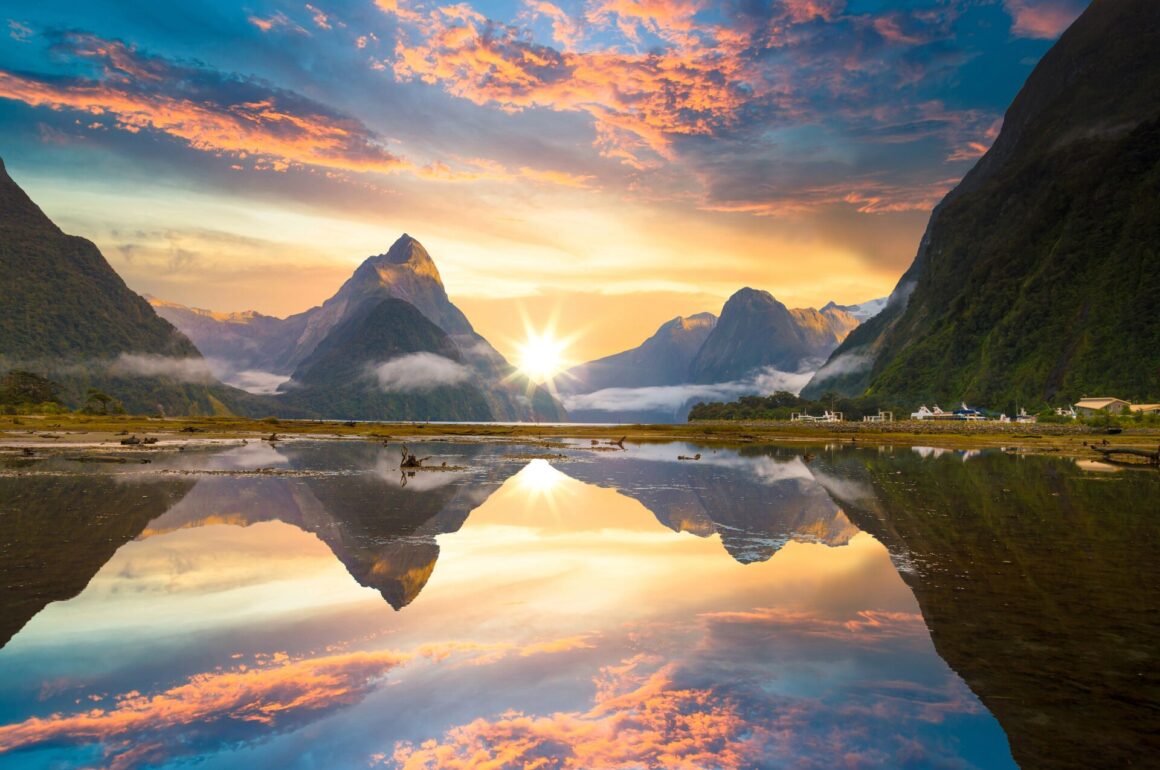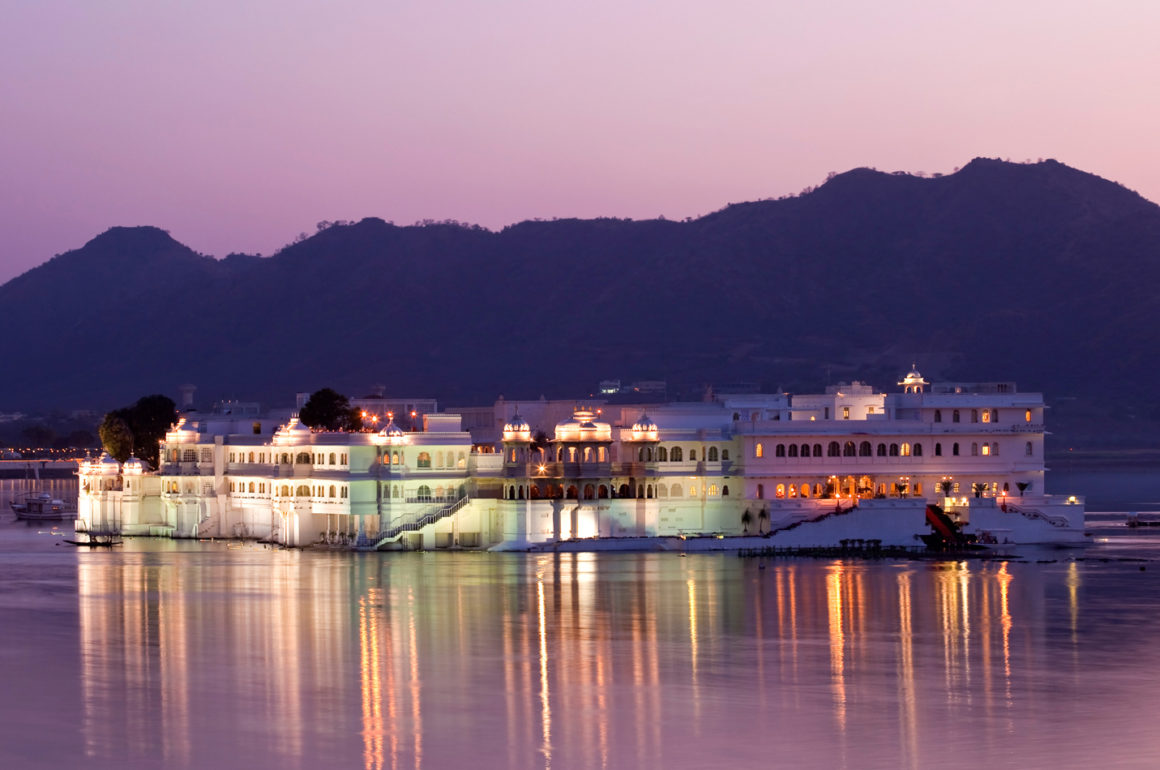Every year the The United Nations Sustainable Development Solutions Network publishes the annual World Happiness Report. The report ranks every country in the world based on life satisfaction and how happy it perceives itself to be. Other factors such as income, life expectancy, freedoms, and trust in the government are also considered.
Finland took the top spot as the world’s happiest country in 2022, making it the fifth year running it has held the title. Other Scandinavian and European countries dominate the top ten rankings year after year, including Denmark, Iceland, and Switzerland. But what is it about the way these countries operate that sees them topping the happiness charts?
Read more: The World’s Friendliest Cities
Finland: finding light in the darkness
For many of us, plenty of sunshine and warm weather keeps our happiness meters topped up. In Finland, sunshine is in short supply. Summers are bright, but they’re also short and not always very warm, given the country’s northerly latitude. What’s more, its winters are exceptionally long, cold and dark. In fact, Finland sees around 200 days out of the calendar when it’s blanketed in snow. So, when it comes to keeping its citizens happy, it’s unlikely to be the weather. What else is going on?
The power of pulling together
A communal belief in the same idealogical concepts is key to Finland’s status as the world’s happiest country. One of these concepts is sisu. It’s all about inner strength and grit, and persevering in the face of adversity. Instead of waiting for the perfect day, Finns make the effort seize the present moment, even if it’s ice cold outside. They also live by the concept of talkoo, which means to work together for the benefit of everyone. It’s all about cooperating and lifting everyone up equally.

A wealth of natural resources
Research has found that spending just 30 minutes in nature reduces depression and high blood pressure. And the Finns’ are living proof that exposure to nature makes us happier. Finland has the highest proportion of forested land area in Europe – covering 75% of the country. What’s more, the public has a legal right, known as “Everyman’s Right” to wander in natural areas like forests, rivers, meadows and lakes. You don’t have to get permission from landowners, as long as don’t damage or disturb the area. Whether you want to forage for wild berries, kayak down a river, or camp in a lush field, you’re free to enjoy life all over the country. This unrestricted access to nature is a principal reason Finland is ranked as the world’s happiest country.
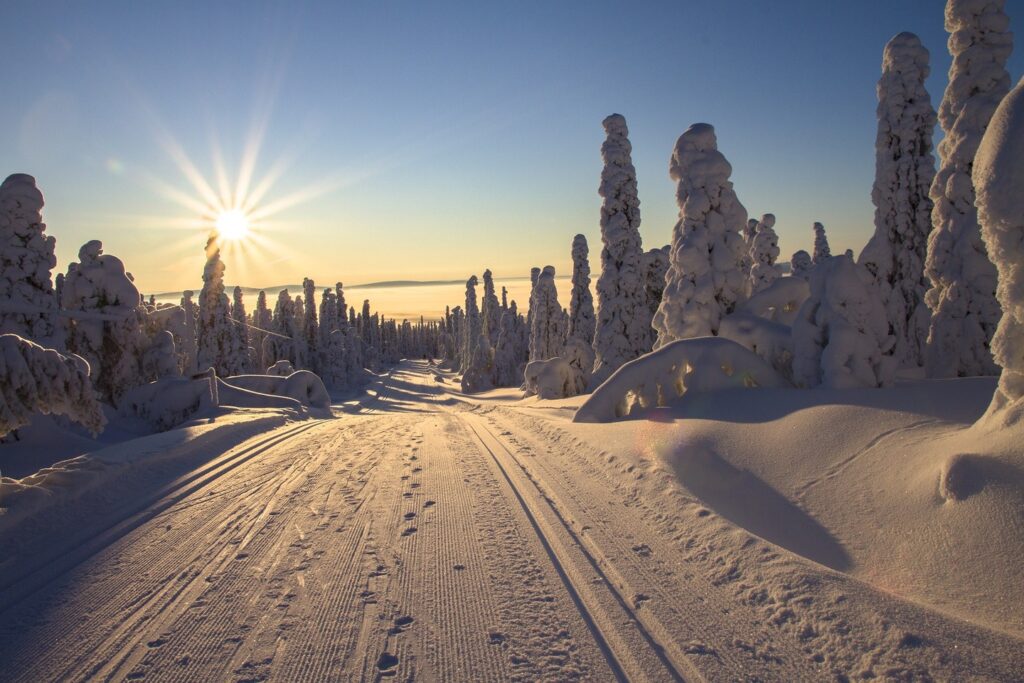
The luxury of time
Above all, Finland may be the world’s happiest country thanks to their high quality standard of living and strong social policies, such as universal healthcare, affordable childcare, free education, plenty of paid vacation time, and a strong sense of civic responsibility and trust in community and government. It’s not surprising to see that a support network, paid holidays, a comfortable lifestyle, and strong community values leads to happiness. Finland teaches us that having ample time to spend how you wish – whether with friends and family or pursuing meaningful pastimes – is the most valuable luxury on earth.
Read more: Christmas on the tracks: 7 of the world’s most beautiful, festive train journeys
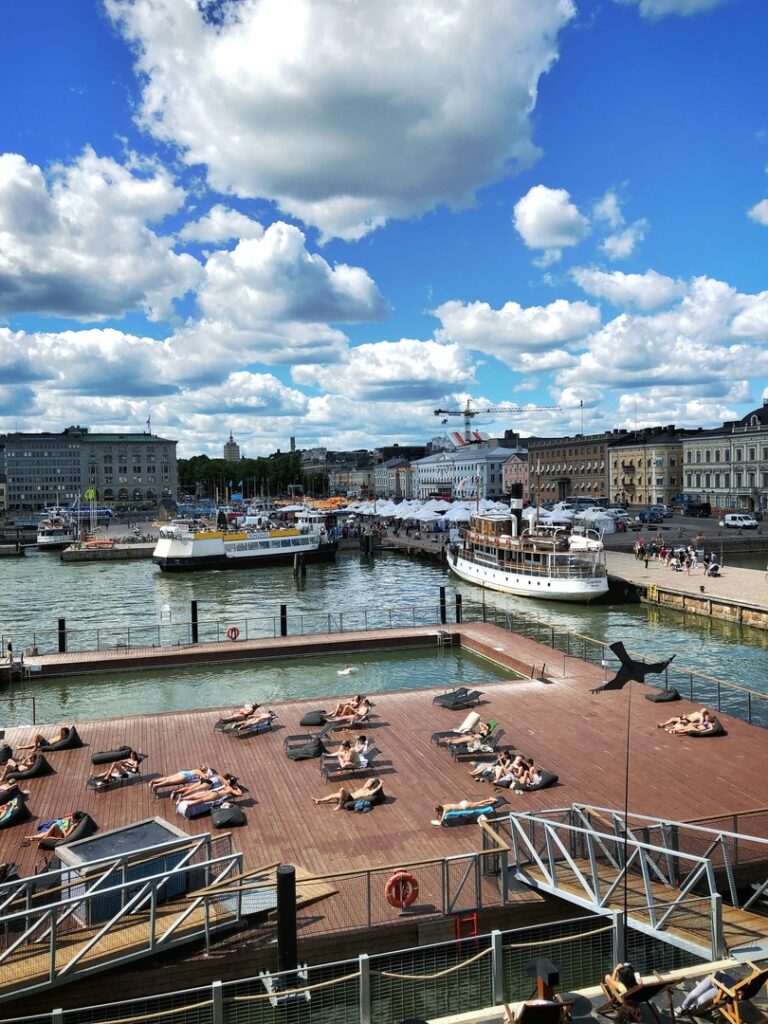
The other runners up
Denmark
Denmark was ranked the second-happiest country in the world in the 2022 World Happiness Report. Similar to Finland, the Danes have created a society that lends itself to contentment and life satisfaction. With strong public policies such as extensive social welfare and world-class and free healthcare and education. Citizens also enjoy a healthy work-life balance, a high sense of autonomy and freedom, income equality and low corruption. It’s clear that socioeconomic factors play a huge part in the happiness of a country’s population.
The Danish concept of hygge has also taken the world by storm when it comes to finding the secret to happiness. Hygge has no English translation, but it generally means taking time out to enjoy the small things that give you that warm feeling of contentment. It can be hyggeligt to enjoy a warm cup of coffee or snuggle up with a good book or TV show. It can also be hyggeligt to play games with your friends by the fire or take a stroll through nature. In essence, the Danish secret to happiness is enjoying the little luxuries in life with the people you love.
Read more: Alternative dining and CO2 absorbing aprons: welcome to Fotografiska

Iceland
In 2022, Iceland ranked third on the World Happiness Report. The reason may lie in the social cohesion of the country. With a population of 350,000, Iceland is small – but very connected. Icelanders report low levels of loneliness, a stark contrast to many countries struggling with a loneliness epidemic. The majority of the population lives within an hour of the capital Reykjavik so they’re never far away from friends and family. The sense of community extends to immigrants as well, with foreigners reporting the same levels of happiness as people born in Iceland.
While the harsh climate may seem unconducive to happiness, it’s a building block for contentment in Iceland. To survive in such an extreme landscape, Icelanders had to rely on each other, forging a resilience and sense of duty for others that is maintained to this day.
Iceland is also a peace-loving nation, having never formed an army. There is a great sense of trust in society and high autonomy and freedom. Children can roam freely and safely without supervision and citizens enjoy world-class education, healthcare, and progressive social policies.
Same-sex marriage has been legal in Iceland since 2010 and the country has the world’s smallest gender pay gap as it’s illegal to pay women less than men for the same job. Men have the same right to parental leave as women, meaning families are free to choose how they share childcare and working responsibilities.
Overall, Icelandic people are more tolerant and open-minded when it comes to forging different paths in life, making for a very happy environment.
Read more: Top 5 Sustainable Cities Around the World




